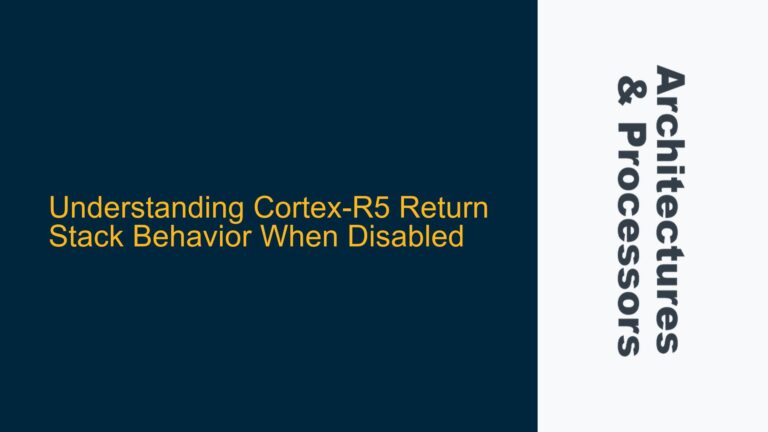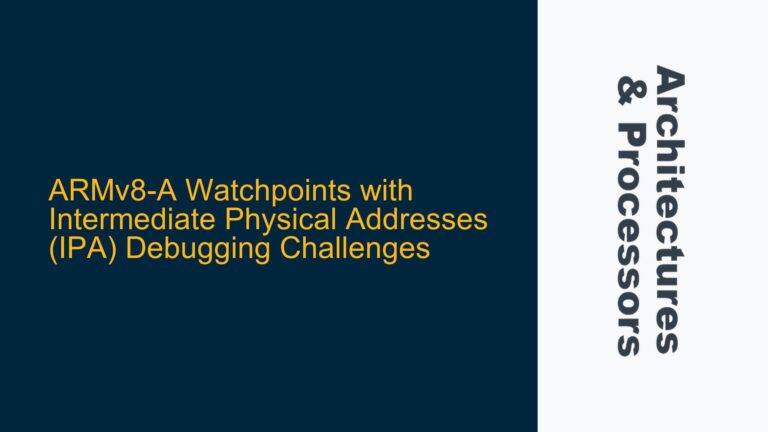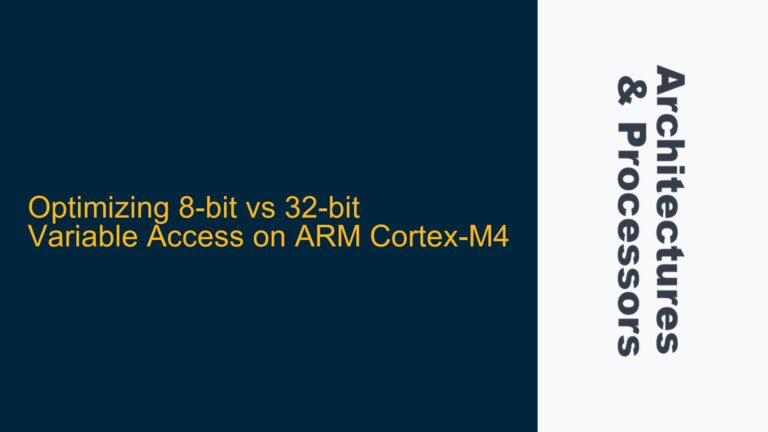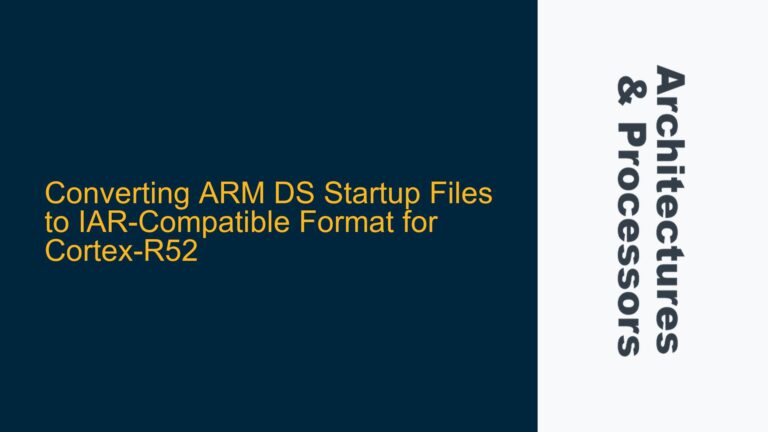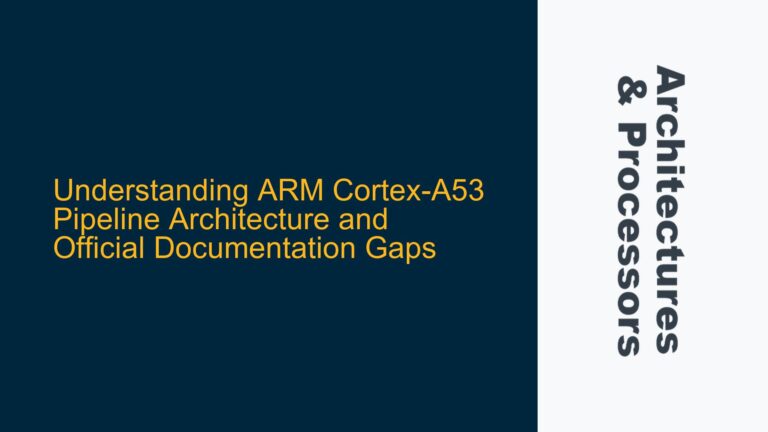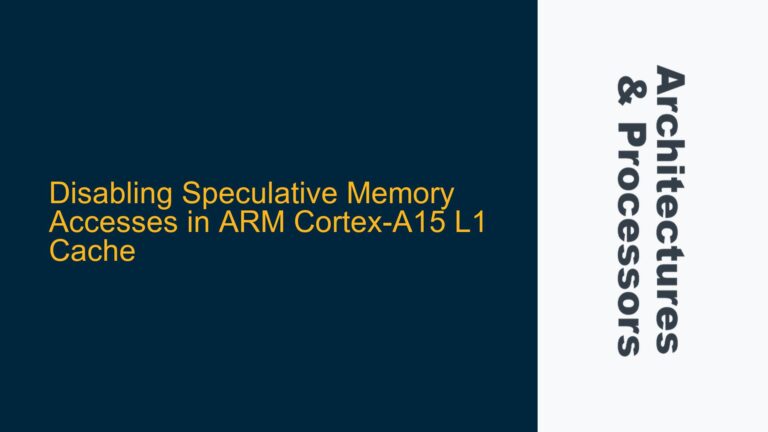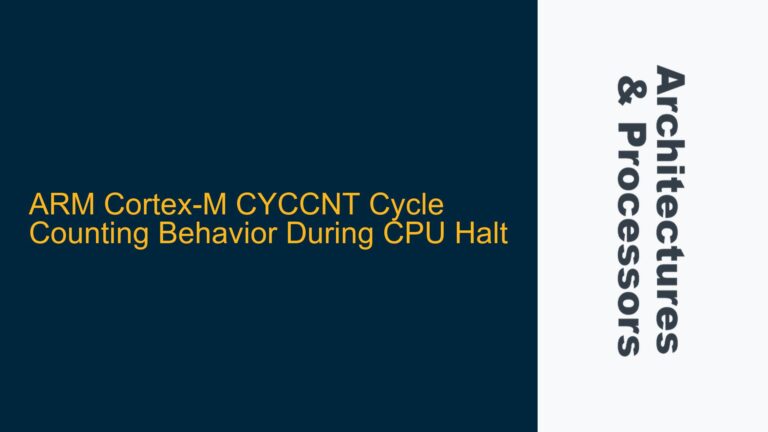Cortex-R5 Return Stack Behavior When Disabled
ARM Cortex-R5 Return Stack Functionality and Disabling Implications The ARM Cortex-R5 processor incorporates a return stack to enhance the performance of function calls and returns by predicting the return address. This mechanism is particularly useful in deeply nested function calls, where the processor can avoid the latency associated with fetching the return address from memory….
